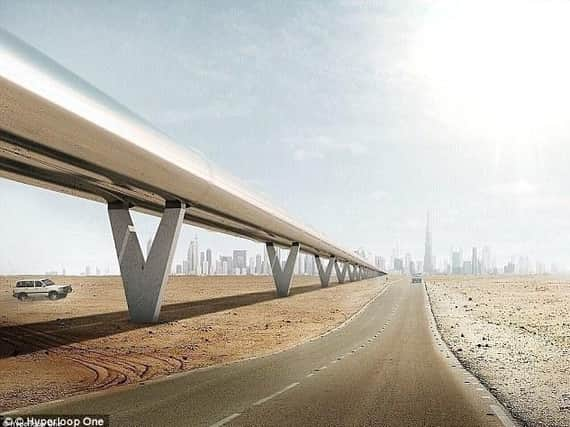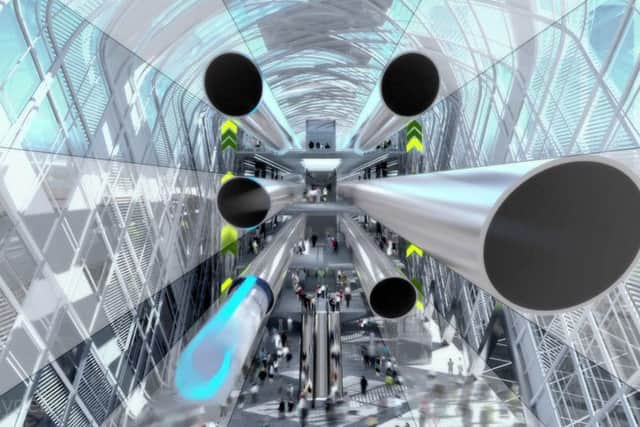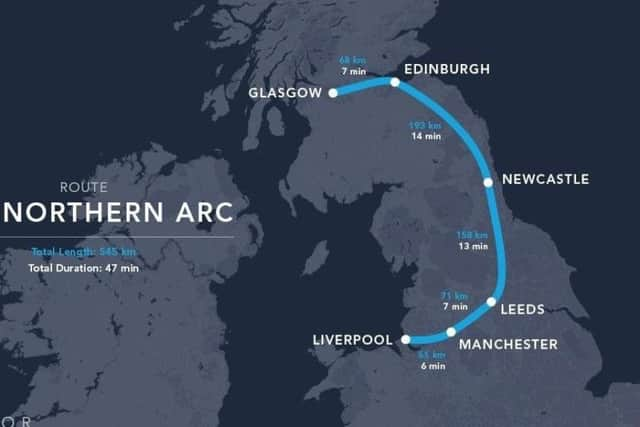Borough's Hyperloop dream


It may sound like science fiction, but incredibly that is what teams of engineers and architects are working to make a reality.
Two Hyperloop projects from the UK are among the winners in a global challenge to create examples of the futuristic transport system, including the Northern Arc project linking Liverpool and Manchester to Scotland.
Advertisement
Hide AdAdvertisement
Hide AdDreamed up by Tesla founder Elon Musk, Hyperloop uses magnetic levitation (maglev) technology inside a tube which is almost a vacuum to create frictionless travel, potentially at hundreds of miles per hour.


The ambitious Northern Arc project could cut journey times from the North West to Glasgow to around 45 minutes, linking up with Leeds and Newcastle on the way.
And while Wigan isn’t directly on the proposed route it could one day be connected to a Hyperloop system, those developing the idea say.
Paul Bell, a partner at Ryder Architecture which is working with engineering firm Arup on Northern Arc, said: “You might well find cities like Liverpool,
Advertisement
Hide AdAdvertisement
Hide AdManchester, Leeds and Newcastle become hubs in a regional network, and places like Wigan connect to the hubs.


“Northern Arc is a proposition which extends the initial concept of the Northern Powerhouse by connecting the M62 corridor with the Scottish central belt economic corridor and the North East.
“We want to be one of the first Hyperloop systems in the world, in the north of England. This is intended to be the first phase of what could be a national Hyperloop network.
“It is important to say we don’t see this necessarily as a replacement or alternative for other transport systems and investment. That needs to happen, but this is looking beyond the horizon and what would fit in a future strategy.
“Transport for the North is looking at 2050 and we need to make sure that embraces emerging technology.”